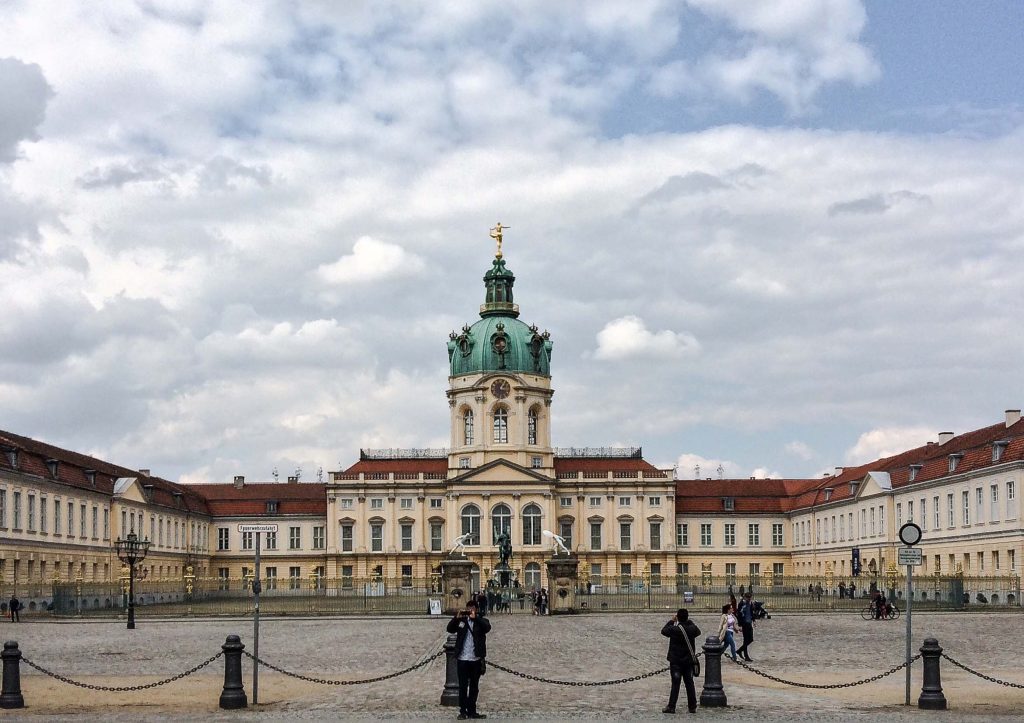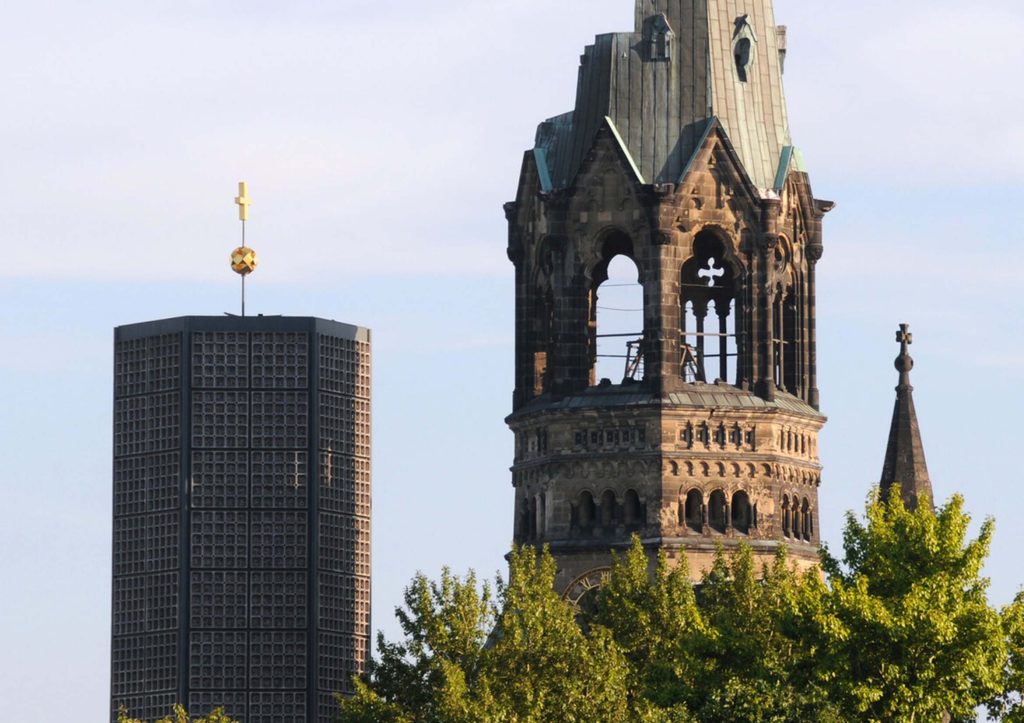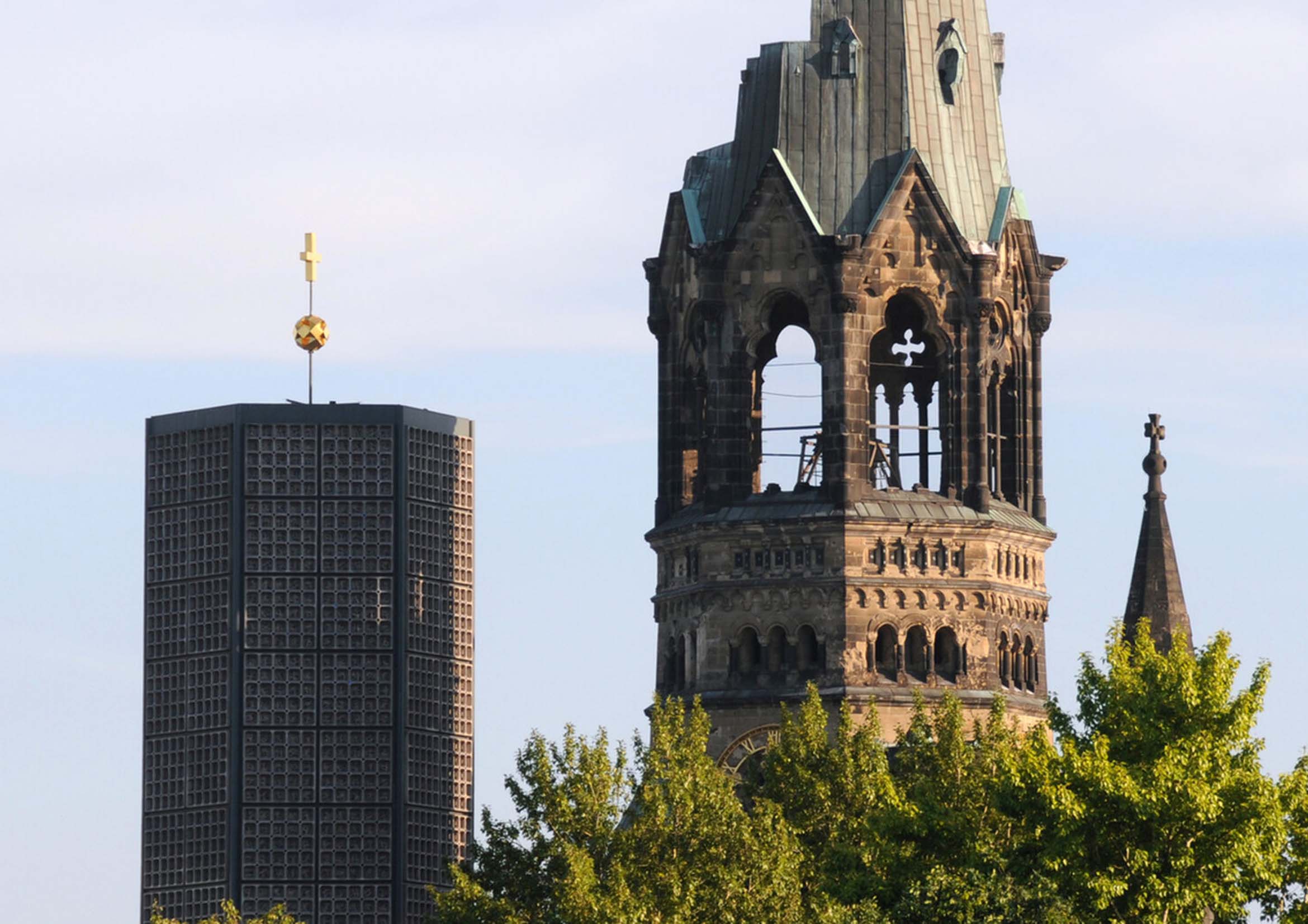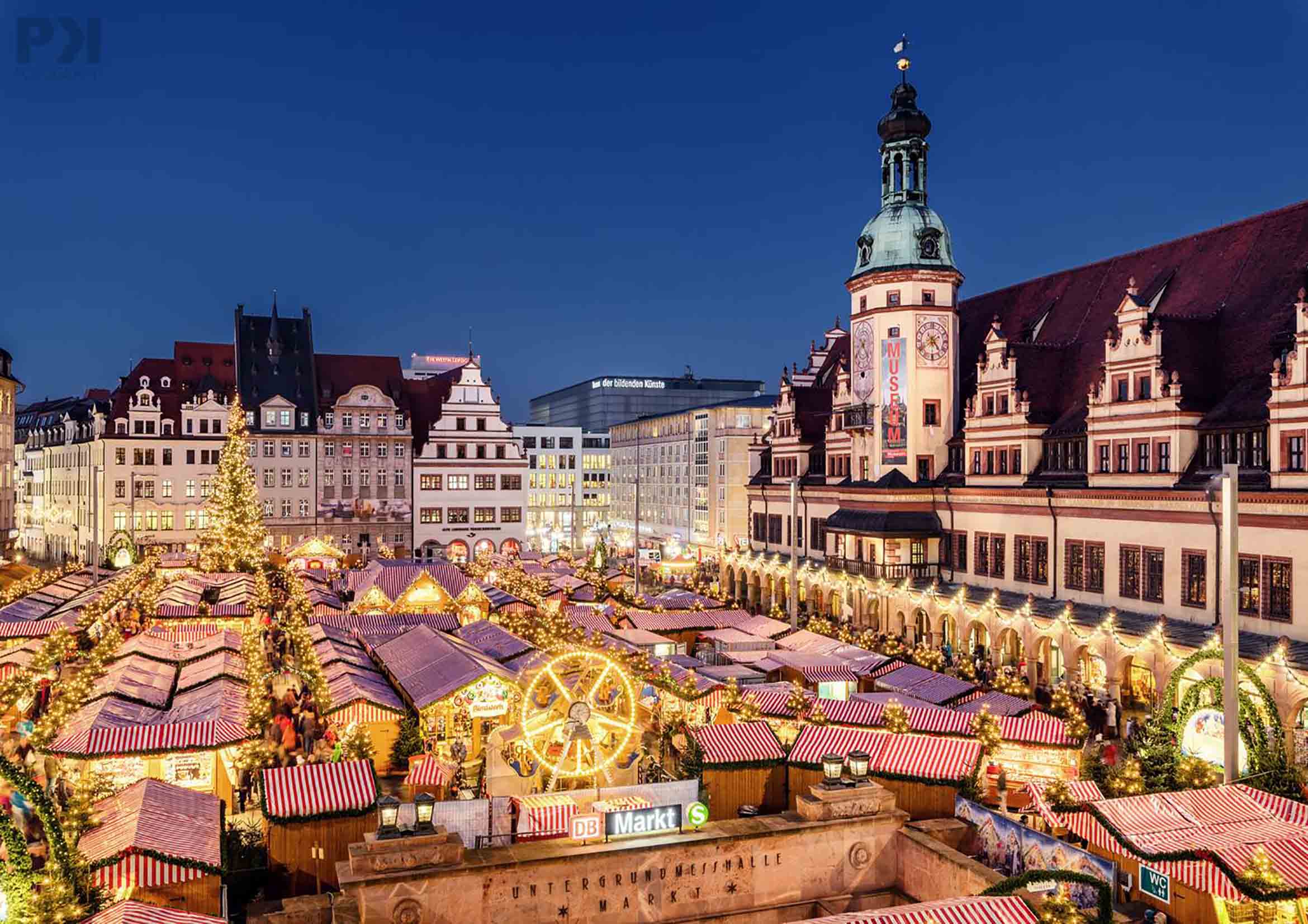Berlin, the capital city of Germany, is a place where history resonates through its streets and landmarks. From remnants of the Cold War to iconic monuments celebrating cultural achievements, Berlin offers a profound historical experience. Here are ten must-visit historical landmarks that showcase the rich tapestry of Berlin’s past.
1. Brandenburg Gate (Brandenburger Tor)
Location: Pariser Platz, 10117 Berlin, Germany
Historical Significance:
The Brandenburg Gate is perhaps the most iconic symbol of Berlin and Germany. Built between 1788 and 1791, this neoclassical monument was commissioned by King Frederick William II of Prussia as a symbol of peace. The gate was modeled after the Propylaea in Athens and crowned with the Quadriga, a chariot drawn by four horses driven by Victoria, the Roman goddess of victory.
During the Cold War, the Brandenburg Gate stood in the no-man’s-land between East and West Berlin, becoming a symbol of division. When the Berlin Wall fell in 1989, it transformed into a symbol of unity and freedom.
Must-See Features:
– The Quadriga statue atop the gate.
– The six Doric columns forming five passageways.
– The adjacent Pariser Platz, a hub of historical events and modern activities.
2. Berlin Wall Memorial (Gedenkstätte Berliner Mauer)

Location: Bernauer Strasse 111, 13355 Berlin, Germany
Historical Significance:
The Berlin Wall Memorial preserves a section of the wall that divided East and West Berlin from 1961 to 1989. This memorial is a poignant reminder of the Cold War and the impact of the division on Berliners’ lives. It includes the preserved section of the wall, a watchtower, and the Chapel of Reconciliation.
Must-See Features:
– The preserved 1.4-kilometer stretch of the wall.
– The “Window of Remembrance,” commemorating those who lost their lives trying to cross the wall.
– The Documentation Center, which provides historical context through exhibits and films.
3. Reichstag Building (Reichstagsgebäude)
Location: Platz der Republik 1, 11011 Berlin, Germany
Historical Significance:
The Reichstag Building is the seat of the German Parliament (Bundestag). It was constructed in 1894 and has witnessed many significant historical events, including the Reichstag Fire in 1933 and its near destruction during World War II. After the war, the building stood in ruins until it was restored and modernized by architect Norman Foster, reopening in 1999.
Must-See Features:
– The striking glass dome, offering panoramic views of Berlin.
– The historical graffiti left by Soviet soldiers in 1945.
– The plenary chamber, where the Bundestag meets.
4. Memorial to the Murdered Jews of Europe (Holocaust Memorial)
Location: Cora-Berliner-Strasse 1, 10117 Berlin, Germany
Historical Significance:
This memorial is dedicated to the six million Jewish victims of the Holocaust. Designed by architect Peter Eisenman, it consists of 2,711 concrete slabs arranged in a grid pattern on a sloping field. The abstract design allows for personal reflection and interpretation of the Holocaust’s enormity.
Must-See Features:
– The field of stelae, which creates a disorienting and moving experience.
– The underground Information Center, which provides historical context and personal stories of Holocaust victims.
– The Room of Names, where the names of Holocaust victims are continuously read aloud.
5. Charlottenburg Palace (Schloss Charlottenburg)

Location: Spandauer Damm 20-24, 14059 Berlin, Germany
Historical Significance:
Charlottenburg Palace is the largest palace in Berlin, built in the late 17th century as a summer residence for Sophie Charlotte, the wife of Elector Frederick III. The palace showcases opulent baroque and rococo interiors and has extensive gardens inspired by Versailles.
Must-See Features:
– The baroque Great Orangery, which hosts concerts and events.
– The New Wing, with its exquisite royal apartments and collections of art and porcelain.
– The palace gardens, ideal for a leisurely stroll.
6. Museum Island (Museumsinsel)
Location: Bodestrasse 1-3, 10178 Berlin, Germany
Historical Significance:
Museum Island, a UNESCO World Heritage Site, is home to five of Berlin’s most important museums: the Altes Museum, the Neues Museum, the Alte Nationalgalerie, the Bode Museum, and the Pergamon Museum. These institutions collectively cover centuries of art and history, from ancient civilizations to 19th-century European art.
Must-See Features:
– The Bust of Nefertiti at the Neues Museum.
– The Pergamon Altar and the Ishtar Gate at the Pergamon Museum.
– The impressive collections of Greek, Roman, and Byzantine art at the Altes and Bode Museums.
7. Checkpoint Charlie
Location: Friedrichstrasse 43-45, 10117 Berlin, Germany
Historical Significance:
Checkpoint Charlie was the most famous crossing point between East and West Berlin during the Cold War. It became a symbol of the Cold War tensions and witnessed numerous dramatic escape attempts from East Berlin. Today, the site is a major tourist attraction, with a replica of the guardhouse and historical displays.
Must-See Features:
– The Checkpoint Charlie Museum, which details the history of the Berlin Wall and escape attempts.
– The open-air exhibition providing historical context.
– The iconic “You are leaving the American sector” sign.
8. Kaiser Wilhelm Memorial Church (Kaiser-Wilhelm-Gedächtniskirche)

Location: Breitscheidplatz, 10789 Berlin, Germany
Historical Significance:
The Kaiser Wilhelm Memorial Church was originally built in the 1890s and heavily damaged during a bombing raid in 1943. The ruins of the original church have been preserved as a memorial to the destruction of war, alongside a modern church building completed in the 1960s.
Must-See Features:
– The ruined spire of the original church, known as the “Hollow Tooth.”
– The modern church with its stunning blue stained-glass windows.
– The exhibition inside the original church, detailing its history and reconstruction.
9. Berlin Cathedral (Berliner Dom)
Location: Am Lustgarten, 10178 Berlin, Germany
Historical Significance:
The Berlin Cathedral is a magnificent example of 19th-century architecture. Completed in 1905, it serves as a major Protestant church and houses the Hohenzollern family crypt. The cathedral was heavily damaged during World War II and underwent extensive restoration after the war.
Must-See Features:
– The impressive dome, offering breathtaking views of Berlin.
– The ornate interior, including the main altar and organ.
– The Hohenzollern Crypt, where many members of the Prussian royal family are buried.
10. Topography of Terror (Topographie des Terrors)
Location: Niederkirchnerstrasse 8, 10963 Berlin, Germany
Historical Significance:
The Topography of Terror is a museum and outdoor exhibit on the site of the former headquarters of the Gestapo and SS during the Nazi regime. The museum documents the history of the institutions of terror that operated here and the atrocities they committed.
Must-See Features:
– The outdoor exhibit, with remnants of the Berlin Wall and excavation sites.
– The extensive indoor exhibition detailing the history of the Nazi regime.
– The information panels providing insights into the persecution and resistance during the Nazi era.
Additional Insights and Tips for Visiting Berlin’s Historical Landmarks
Visiting Berlin’s historical landmarks is an enriching experience that offers insights into the city’s complex past. Here are some additional tips and recommendations to make the most of your trip:
Timing and Seasons
Best Time to Visit:
– Spring (April to June) and autumn (September to November) are ideal for visiting Berlin, offering mild weather and fewer tourists.
– Winter (December to February) can be cold but provides a unique charm, especially with Christmas markets and fewer crowds at major attractions.
Guided Tours and Audio Guides
Benefits of Guided Tours:
– Many of these landmarks offer guided tours, which can provide in-depth historical context and fascinating anecdotes that you might miss on your own.
– Audio guides are also available at most sites, offering a flexible and informative way to explore at your own pace.
Accessibility and Tickets
Booking in Advance:
– Popular landmarks like the Reichstag Building require advance booking for tours, especially for the dome visit.
– Museums on Museum Island can be busy, so purchasing a Museum Pass Berlin, which offers access to multiple museums over three days, can save time and money.
Accessibility:
– Most of Berlin’s historical landmarks are accessible to visitors with disabilities, with ramps, elevators, and special tours available. It’s advisable to check the specific accessibility options on each landmark’s official website.
Combining Landmarks and Neighborhoods
Exploring Nearby Areas:
– Many landmarks are located near each other and can be combined into a day of exploring a specific neighborhood.
– For example, the Brandenburg Gate, Reichstag Building, Holocaust Memorial, and Museum Island are all within walking distance, making it easy to plan a comprehensive day in Berlin’s central district.
Local Neighborhoods:
– Mitte: Home to many major landmarks and a vibrant cultural scene, including cafes, restaurants, and shops.
– Charlottenburg: Besides the Charlottenburg Palace, this area offers upscale shopping and dining experiences.
– Kreuzberg: Known for its eclectic vibe, street art, and vibrant nightlife, it’s also home to the Checkpoint Charlie Museum.
Sustainable Travel
Eco-Friendly Options:
– Berlin is very bike-friendly, with extensive cycling paths. Renting a bike is a great way to explore the city sustainably.
– Public transport in Berlin is efficient and eco-friendly. The U-Bahn (underground), S-Bahn (suburban trains), trams, and buses can get you almost anywhere in the city.
Green Spaces:
– Berlin is dotted with parks and green spaces, perfect for a relaxing break between sightseeing. Tiergarten, the city’s largest park, is located near the Brandenburg Gate and offers beautiful walking trails and lakes.
– The Gardens of the World (Gärten der Welt) in Marzahn-Hellersdorf showcase different international garden styles and are a peaceful retreat from the city’s hustle and bustle.
Berlin’s historical landmarks are more than just tourist attractions; they are windows into the city’s soul, reflecting its turbulent history, resilience, and vibrant culture. By visiting these sites, you not only witness history but also become a part of Berlin’s ongoing story.
Whether you’re walking through the Brandenburg Gate, contemplating at the Holocaust Memorial, or exploring the rich collections on Museum Island, each landmark offers a unique perspective on the events that have shaped this extraordinary city.




